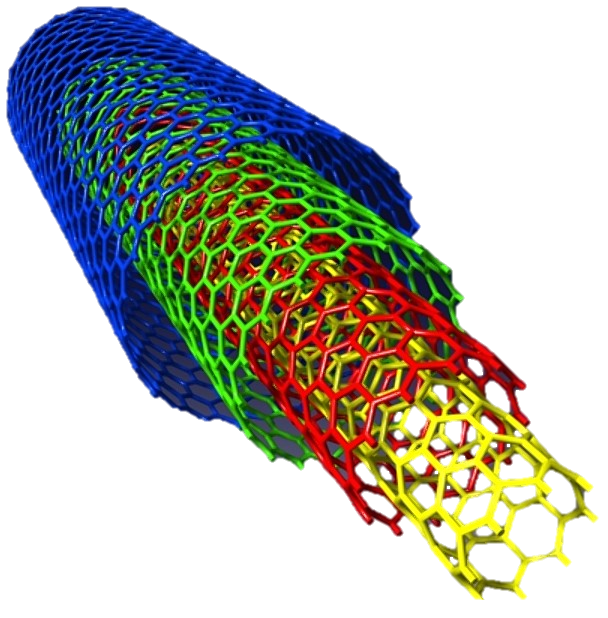

ĬNTs can be internalized by cells, first by binding their tips to cell membrane receptors. Similar CNT sensors support food industry, military and environmental applications. Products under development include printed test strips for estrogen and progesterone detection, microarrays for DNA and protein detection and sensors for NOĢ and cardiac troponin. Low detection limits and high selectivity require engineering the CNT surface and field effects, capacitance, Raman spectral shifts and photoluminescence for sensor design. SWNT biosensors exhibit large changes in electrical impedance and optical properties, which is typically modulated by adsorption of a target on the CNT surface. CNTs enable fluorescent and photoacoustic imaging, as well as localized heating using near-infrared radiation. ĬNTs exhibit dimensional and chemical compatibility with biomolecules, such as DNA and proteins. Researchers at Rice University, Stony Brook University, Radboud University Nijmegen Medical Centre and University of California, Riverside have shown that carbon nanotubes and their polymer nanocomposites are suitable scaffold materials for bone tissue engineering and bone formation. Dispersion of low weight % of graphene (~0.02 wt.%) results in significant increases in compressive and flexural mechanical properties of polymeric nanocomposites. Researchers from Rice University and State University of New York – Stony Brook have shown that the addition of low weight % of carbon nanotubes can lead to significant improvements in the mechanical properties of biodegradable polymeric nanocomposites for applications in tissue engineering including bone, cartilage, muscle and nerve tissue. CNTs have even been proposed as the tether for a purported space elevator. Organized CNT architectures such as "forests", yarns and regular sheets were produced in much smaller volumes. Most output was of unorganized architecture. CNT-related publications more than tripled in the prior decade, while rates of patent issuance also increased. Īs of 2013, carbon nanotube production exceeded several thousand tons per year, used for applications in energy storage, device modelling, automotive parts, boat hulls, sporting goods, water filters, thin-film electronics, coatings, actuators and electromagnetic shields. SWNTs can display thermal conductivity of 3500 W m −1 K −1, exceeding that of diamond. MWNTs are typically metallic and can carry currents of up to 10 9 A cm −2. MWNT's cross-sectional area offers an elastic modulus approaching 1 TPa and a tensile strength of 100 GPa, over 10-fold higher than any industrial fiber. Individual CNT walls can be metallic or semiconducting depending on the orientation of the lattice with respect to the tube axis, which is called chirality. CNT lengths range from less than 100 nm to 0.5 m. Diameters of single-walled carbon nanotubes (SWNTs) and multi-walled carbon nanotubes (MWNTs) are typically 0.8 to 2 nm and 5 to 20 nm, respectively, although MWNT diameters can exceed 100 nm. Carbon nanotubes (CNTs) are cylinders of one or more layers of graphene (lattice).


 0 kommentar(er)
0 kommentar(er)
